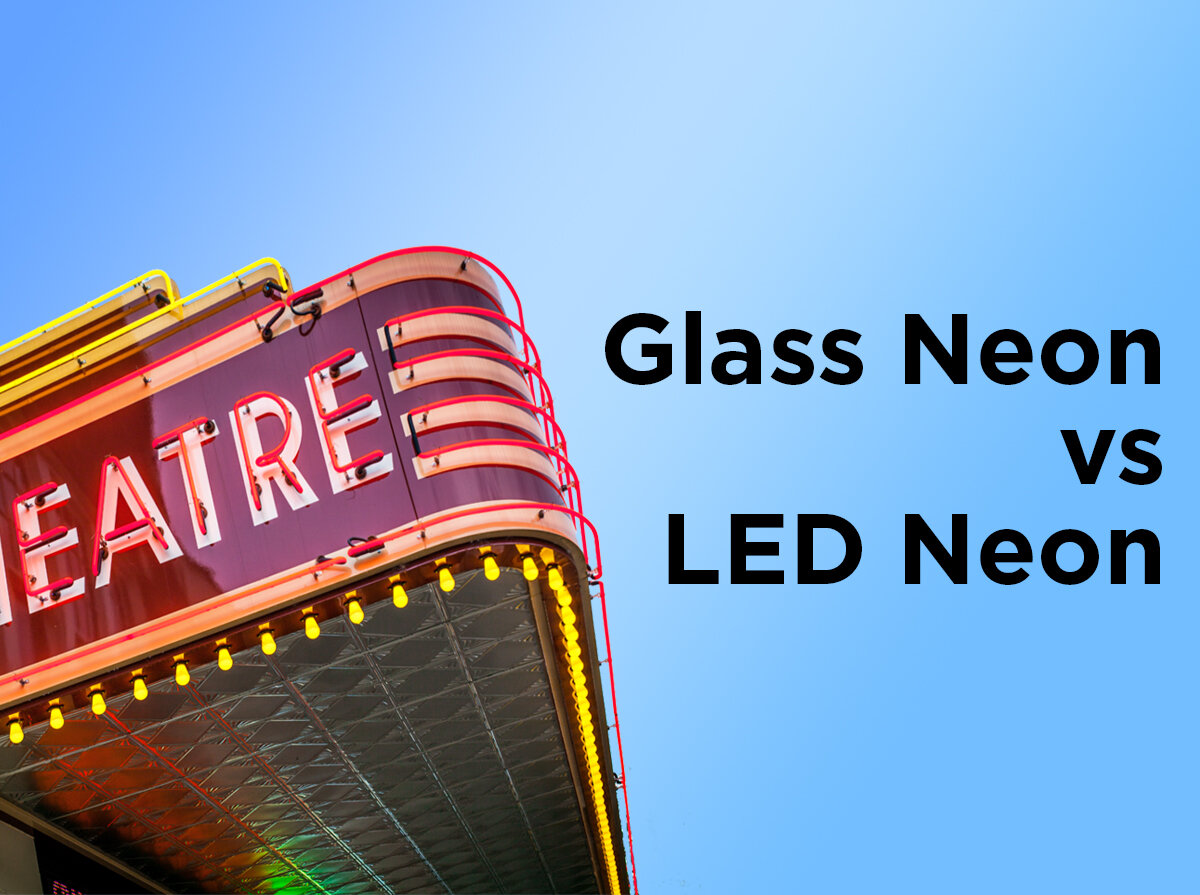5 Mistakes to Avoid When Upgrading to LED
Everyone knows LED lighting is more energy efficient and longer lasting than any other lighting technology, but upgrading can cause some issues. If you’re looking to upgrade your current lighting to LED technology, there are a few commonly made (and easily avoided) mistakes that you need to keep in mind.
Light Distribution Is Different
The difference in light distribution can be a blessing or a curse depending on your application. LEDs are very directional due to the arrangement of the diodes, so you’ll need to pay attention to specifications like beam angle and light distribution type. If you’re replacing an A-shape incandescent bulb in a table lamp with an LED light bulb, you may lose some downward light. If you need it, be sure to look for A-shape LEDs that are omnidirectional. Area lighting or wall packs benefit more than other fixtures when it comes to the directional nature of LEDs. The HID bulbs typically used in area light fixtures and wall packs are omnidirectional, so much of the light emitted gets lost inside the fixture. The light lost to “Lumen bounce” is still counted on the bulb’s initial Lumen rating. However, because of the way LEDs are constructed, all of the light is emitted outward to where you need it the most. Although the Lumen ratings of similar fixtures may seem very different on paper, the LED fixture will still pack a similarly bright punch. For example, a 400W metal halide bulb may have an initial Lumen rating of 34,000 Lumens and its LED equivalent has a Lumen output of 9,000. Visually, the LED fixture will still look brighter, especially over time. After about six months the initial Lumen rating of the 400W MH bulb from our example will decrease to about 26,000 Lumen due to Lumen degradation, the LED retains its Lumens for years.
Lighting Tip: When it comes to LED area light fixtures, be sure to note the light distribution type. If you need a wide circle of light, steer clear of type I and type II distribution types.
Lights Are Too Bright or Too Dark
When looking for your LED upgrade, make sure to compare the Lumens of your current bulb with the new LED replacement. Comparing the wattage to the LED’s wattage equivalent is a good start, but comparing the Lumen output as well will give you a better understanding of how bright an LED light bulb or fixture will be. This method works for most lights with one major exception being upgrading HID fixtures. As stated above, since LEDs are directional and HIDs are omnidirectional, this is one instance where the wattage equivalent rating will help much more than the Lumen rating.
Light Is Too Blue or Too Yellow
The color appearance of the light emitted from a fixture or bulb is measured in Kelvin. If you want to match the color light of the lighting you’re upgrading, noting the LED’s Kelvin color temperature is essential. Most fluorescent tubes will have the color temperature stamped on the side of the tube along with the part number, so matching LED tube light replacements is easy. However, incandescent and halogen bulbs typically don’t have their Kelvin color listed. This is because all incandescent bulbs are around 2400-2700K, and all halogen bulbs are around 3000-3200K. Be sure to purchase LED lighting within these ranges if you want to keep the same appearance.
Using LEDs with an Incompatible Dimmer
Not all dimmers are created equal, meaning not all dimmer switches will work with LED lights. If you’ve ever installed an LED light bulb on a circuit with a standard incandescent dimmer, you may have noticed that flickering, buzzing, humming, or flashing can occur. If you’re planning to use dimmable LEDs you’ll need a compatible LED dimmer switch. All of our dimmable LED bulbs have a “Dimmer Compatibility” PDF hyperlinked on the product page to ensure you’re getting the best results from your LED lighting.
Lights Make Colors Look Dull
The color rendering index, or CRI, of a light indicates how accurately it displays color compared to the midday sun. The higher the CRI rating, the more accurate the color. Some applications need a high CRI rating, such as art installations, retail displays, jewelry counters, and museums. Incandescent and halogens bulbs have a CRI of 100, and while LEDs can’t quite match that, they can be found with a CRI in the 90s which is still considered excellent. If you replace your incandescents or halogens with an LED with an average CRI rating, you may notice colors appear a little lackluster. Although the average person may not notice the difference enough for it to be needed general lighting settings.
Need help perfecting your LED upgrade? Our team of lighting experts is here to help. Give us a call at 1-800-624-4488 Monday through Friday 7am to 7pm CST.







